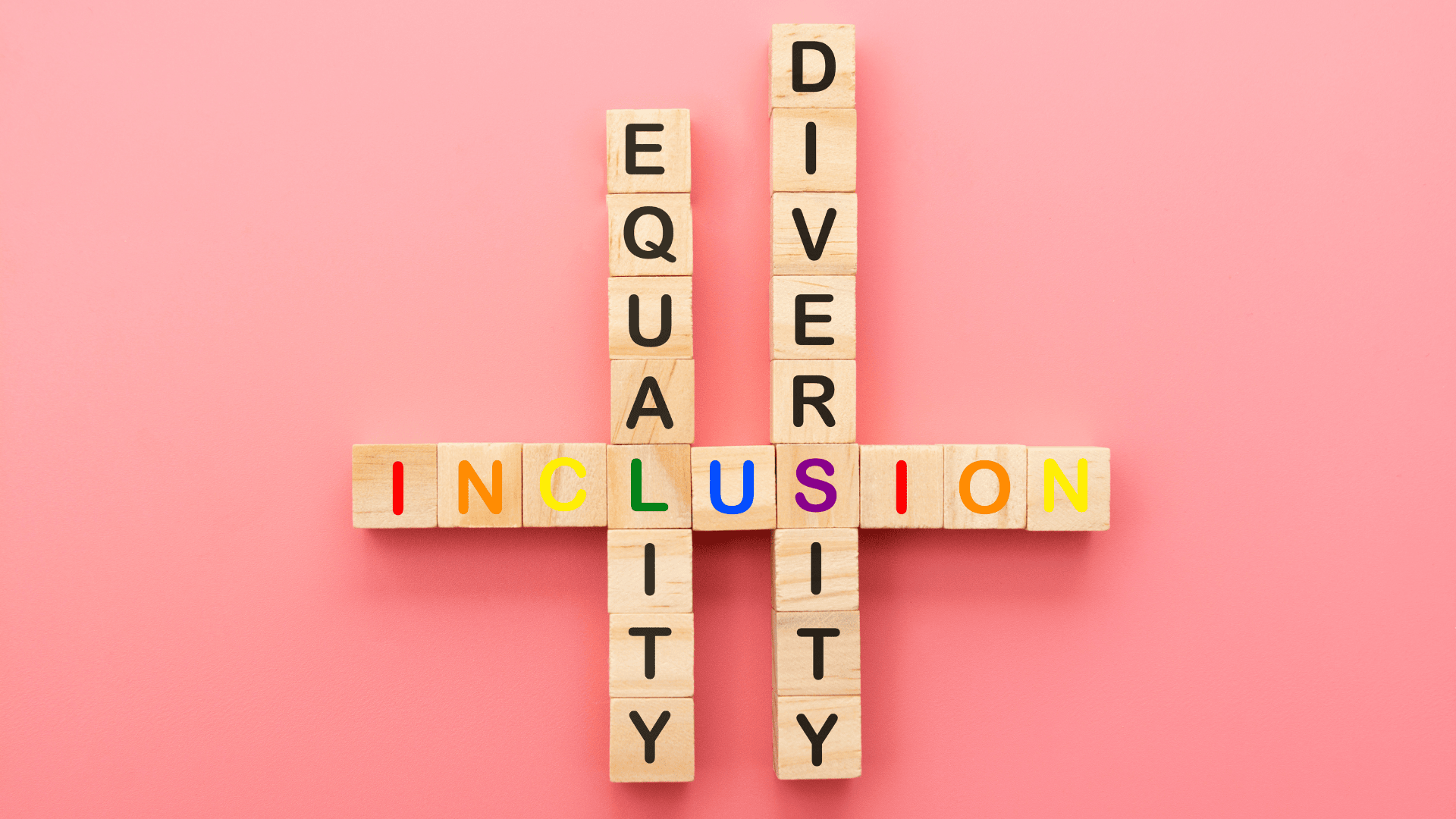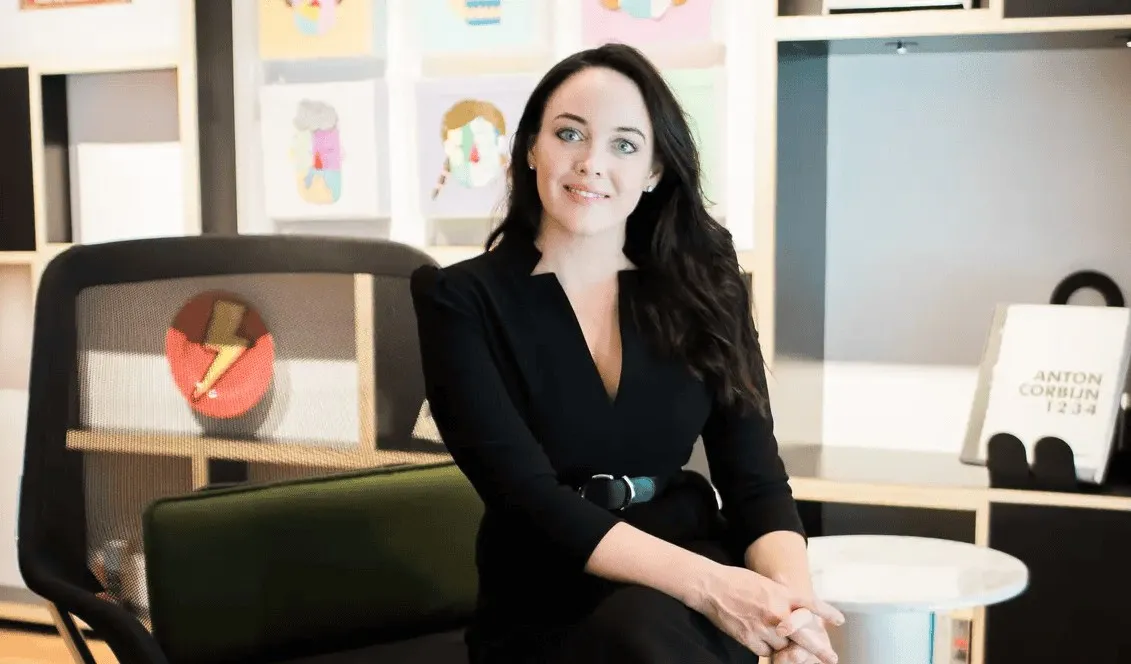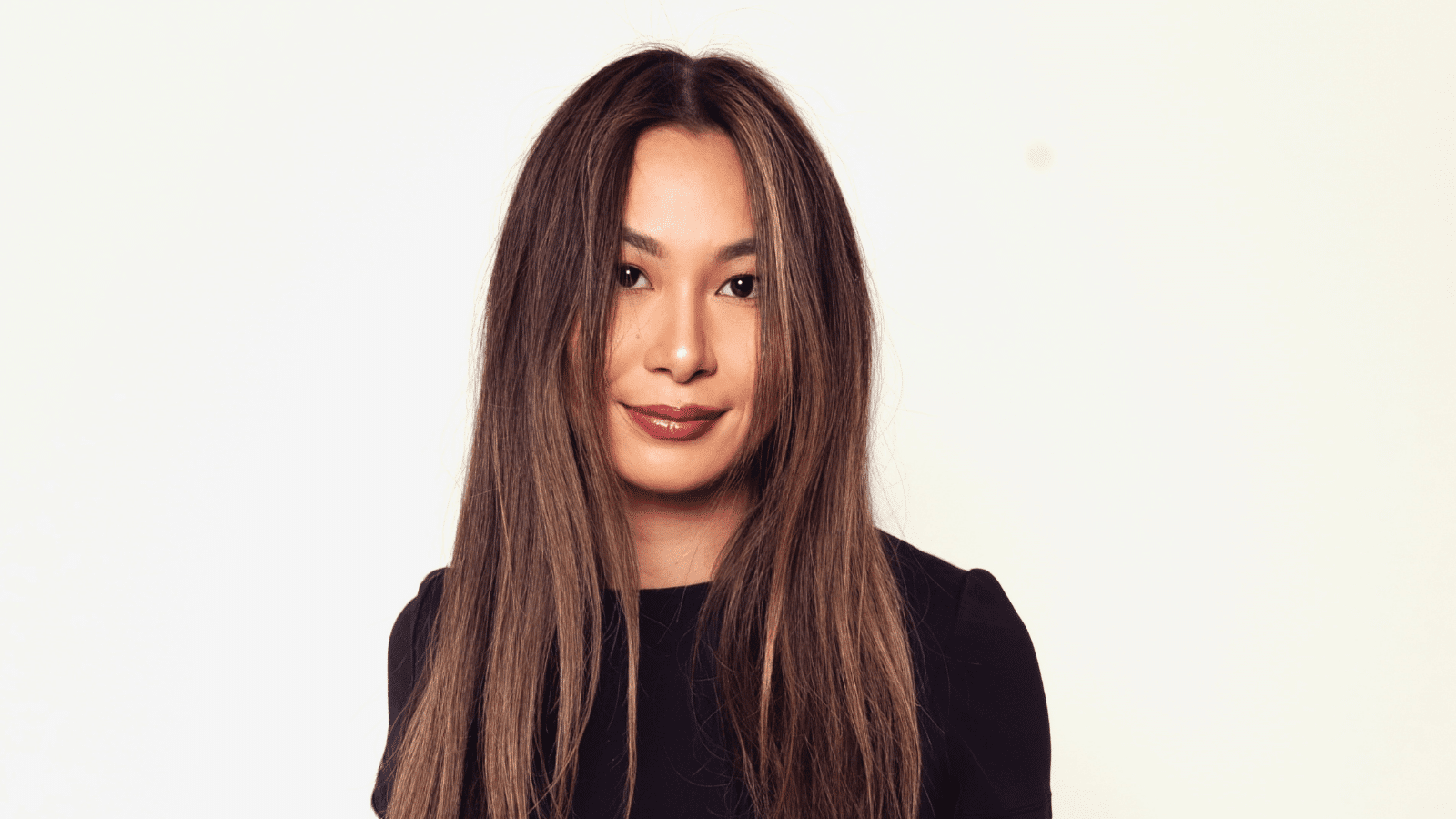Michelle King is a leading expert in diversity, equity, and inclusion, with a particular focus on gender equality and workplace culture. As the founder and Managing Director of Equality Forward, Michelle has dedicated her career to creating inclusive and equitable workplaces. With an impressive background in HR and consultancy, she has worked with major global organisations and spoken at prestigious events, including for clients such as Netflix, Amazon, and Dior. Recently, Michelle was named as a top inspirational speaker to hire, recognising her significant impact in the DEI space. She is also the author of The Fix and the host of The Fix podcast, where she shares valuable insights on overcoming systemic barriers to workplace equality. Michelle’s work continues to inspire leaders to foster more inclusive, value-driven cultures in their organisations.
As we continue our mission at Women in Tech to empower women in technology, Michelle’s perspectives resonate strongly with our values of breaking down barriers and creating opportunities for all.

Q: Let’s start with diversity, equity and inclusion in the workplace. Why is intersectional thinking such a vital part of DEI?
Michelle: “In diversity, equity and inclusion efforts in the workplace, intersectional thinking is critical to diversity, equity and inclusion efforts. The primary reason is because when you understand how inequality works, you understand why we need to consider all areas of difference.
“Inequality works in a way that organisations really value one way of leading and one way of working over everything else. We find in most organisations, when you think of what the ideal worker or leader is, it is going to be someone who is dominant, assertive, aggressive, competitive, even exclusionary. It also tends to be somebody who is white, middle class, heterosexual, able-bodied and male. So, we overly index on that type of worker and associate that with leadership and competence.
“Why does that matter from an intersectional lens? Intersectionality was originally created by Kimberlé Crenshaw, and it was a way of accounting for black women’s lived experience and how that lived experience was different than necessarily any other women. You can take the general ethos of that way of thinking and apply it to all areas of difference. The more you, as an individual, differ from that ideal worker, in terms of your behaviours and in terms of your demographic characteristics, the more experience of inequality you are going to have.
“To advance a culture that is diverse and inclusive, we need to understand difference and different lived experiences. That starts with getting to know: how does inequality show up for you? How is that different for you? What are the different ways you differ from that ideal standard and how does that create day-to-day experiences of inequality, like harassment, discrimination, microaggressions in your workplace? To solve inequality, we must see it. That starts with seeing our differences.”
Q: How can businesses ensure their DEI efforts benefit all minority groups in their workplace?
Michelle: “It is critical to account for all areas of difference. When you are building a DEI strategy, the starting point is understanding: how are people in my organisation experiencing the culture?
“When you understand that inequality is made up in the day-to-day experiences we have of our workplace—the behaviours we engage in, the interactions we have—you understand that we all contribute to other people’s experiences of the workplace. This means we all contribute to other people’s experiences of inequality.
“To understand how inequality is showing up in your workplace, and what it is we are valuing and what it is we are devaluing, we have to start by asking people and understanding how they are experiencing the organisation.
“A good way to do this, and to make sure you are being as inclusive as possible in accounting for difference in your DEI strategy, is to sit down with your team and ask them the following five questions:
One – What does inequality look like in our team? How does it show up in our day-to-day actions and experiences? How are we experiencing inequality? It might be harassment, discrimination, microaggression—how is it showing up in our team environment?
Two – What would a culture that really values our differences look like? What would an inclusive, diverse, equitable workplace culture or experience of our organisation look like?
Three – What am I not doing as a leader to create that environment?
Four – What do I need to start doing as a leader to create that environment?
“Why is that important? Because a Catalyst study shows us that 46% of employees’ experiences of inclusion are directly attributable to their line leader. If we want to change this equation on DEI, we need to start with leaders.
And finally – What are two to three things we can do in our team, in our department, in our function today to start building that type of culture?
“As a leader, if you sit down and ask those five questions and enrol everybody in your team, not only are you going to account for different lived experiences of inequality, but you are going to enrol everybody in trying to solve the problem.”
Q: With customers increasingly looking for brands that reflect their values, how can businesses show their commitment to DEI in a way that’s genuine and not just performative?
Michelle: “If you are an organisation that is truly value-based, you do not necessarily need to communicate it.
“What do I mean by that? We saw this with Black Lives Matter, we saw this with the MeToo movement—where companies come out with these big corporate statements. CEOs stand up and talk about all the ways they support Black lives; all the ways they support women.
“What happens? Very quickly, that is followed by employees tweeting or posting on social media how their lived experience as a Black employee, as a woman, is not great in that organisation.
“What I always say to organisations is: internally—get clear on what you value and why. Have that be your North Star in terms of guiding behaviours. Help people understand that your values translate into a set of behaviours. Make sure your policies and processes are set up to hire, reward, promote individuals who align their behaviours to those values.
“When it comes to your initiatives and how you are taking action, your values will show. Your values will speak for themselves. People will know what your organisation is about by the action that you are taking.
“In the DEI space, one of the challenges is there is so much performative talk and very little action. Employees now know this. As a result, we are seeing studies come out showing high rates of fatigue, backlash, denial. Basically, exhaustion with all this DEI talk and no action.
“If you really want to be value-based, if you really want to move past the performative stuff, stop talking about DEI and start sharing all the action you are taking. The actions will speak louder than any of the words you have to say on DEI.”
Q: For businesses that haven’t yet invested in diversity, equity and inclusion, why should they act now, and how can they measure real progress?
Michelle: “I am a metrics person. I have spent 20 years studying metrics, specifically in the DEI space. One of the things we know about organisations and the current state of DEI is that companies tend to over-index on demographic diversity.
“There is a great 2020 McKinsey study showing workplaces are more diverse but less inclusive. It tells us we are preoccupied with making it look like we value diversity when, in fact, we are paying very little attention to the lived experience.
“This is normally the point in a public speech where someone will raise a hand and say: ‘but Michelle, how do you measure the lived experience?’
“You can measure the lived experience. The lived experience is: what are the day-to-day moments of inequality that show up for me? What are the behaviours my leaders are engaging in, the behaviours I am engaging in, the behaviours my teammates are engaging in, that create inequality?
“For me, the best way to summarise that is barriers. In my book, I show nineteen barriers that show up for women throughout their careers. I highlight six that show up for men. These are lived experiences of inequality that you could very easily create a survey from. In fact, I have done this myself for many companies.
“I encourage people to think about how we are measuring the moments that matter—the moments where inequality shows up. It is not enough to get diversity into your organisation if you are not going to value it. What is the point? Those people are just going to leave.
“We must start valuing the diversity we are bringing to organisations. That starts with valuing difference and different lived experiences.”
Michelle’s commitment to driving meaningful change in the DEI space offers valuable lessons for all industries, especially the tech sector, where the need for diverse leadership and inclusive cultures is ever more pressing. At Women in Tech, we believe that diversity isn’t just a buzzword, it’s a necessity for innovation and growth. We hope this conversation with Michelle encourages organisations to take real action in fostering environments where everyone, regardless of background or identity, can thrive. For more resources and stories on women breaking barriers in tech, stay connected with us at Women in Tech UK.
This interview with Michelle King was conducted by Chris Tompkins.







